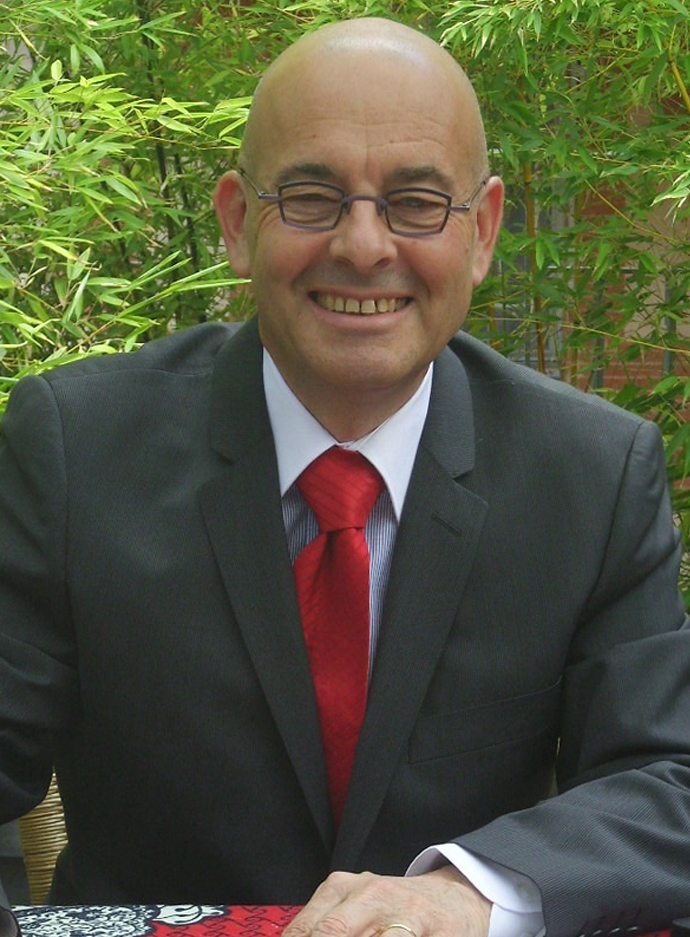European physical and sport educations: between globalization and local autonomies
Responsible for the theme “Sport, Education and Training” at the International Society of Sport Sciences in the Arab World (I3SAW)
Member of Sport and Citizenship Scientific Committee
I3SAW Congress – University of Stirling (April 2017)
In Europe, but at the world-wide level as well, physical and sport educations are at the interface of a contradiction. More the populations’ needs are increasing, more the public supply of physical activity tends to decrease.
In first instance, the analysis of the world-wide situation of physical education and sport from the overview of the summits of ministers and high level servants and world-wide surveys on the school situation, allows to assess the current situation and plan future perspectives.
For the conferences of ministers and high level civil servants of physical education and sport – MINEPS – the access to physical education and sport, the training of staff and the facilities depend on the effectively granted investments.
The world-wide surveys on physical education in schools point out at least four concerns on the institutions, contents, training and facilities. They are balanced by two hopes: partnerships and a model in favour of quality physical education and teacher training.
From summits to world-wide surveys, the ministers and high-level civil servants, the experts want to find out solutions and moving into action, but the problems are still persisting.
In second instance, the reasons of this powerlessness are identified thanks to three issues of physical education and sport.
- Ideological, political and economic changes influence physical education and sport. Between 1989 – Berlin – and 2008 – New York – the political and economic changes have led to reforms summarized by two processes: the reduction of the state intervention and the increasing state control on the public services. The public services are suspected of inefficiency. In 30 years most of the countries adopt the standards of the “New public management”. The countries slide from a model of powerful social democrat welfare state to a model of neo-liberal Anglo-Saxon state. Then, within their governments, rather than invest, the ministers shall optimize the existing investments. Physical education and sport, minor matters, are revised downwards.
- Institutional and administrative issues are marked by decentralization and local flexibility. Engaged in decentralization processes, the states transfer some competences towards local authorities. The decisions related to physical education and sport are taken at the level of local communities. The key word becomes autonomy. In Eastern as well in Western Europe, schools have autonomy to implement physical education and sport. Local or regional flexibility leads to a crumble of the public intervention facing to societal needs that request yet some national responses.
- The doctrinal and theoretical issues of physical education and sport allow to point out some future challenges. In Europe, physical education and sport are founded on several legacies of XXth century. From this legacy four issues going forward for the future. Challenge 1: these matters should now more address the needs of Youth: overweight, sedentariness, inactivity, equality, integration. Challenge 2: in response to the societal needs, the national policies should propose some adapted solutions, avoiding the gap between discourse and practice. Challenge 3: facing societal needs, the national policies decide five major institutional arrangements. Challenge 4: the policies should better coordinate daily objectives and contents of physical education and sport.
The tools coming from of the analysis of the world-wide situation and of the European deepening allow to consider sport education and staff training in the Arab world, taking for example Morocco and Tunisia.











 MEMBERSHIP
MEMBERSHIP CONTACT
CONTACT FACEBOOK
FACEBOOK